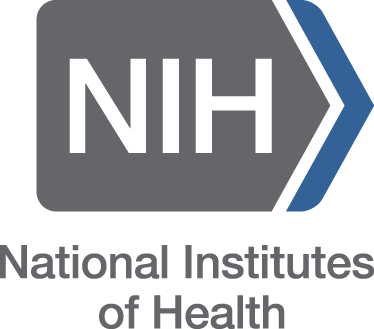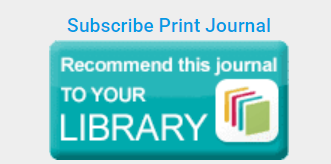Advanced Spatio-Temporal Assessment of PM₂.₅ Variability and Health Risks Using Multi-Scale Mapping in a Tier-2 Indian City
DOI:
https://doi.org/10.63001/tbs.2025.v20.i02.S2.pp642-650Keywords:
PM₂.₅, Spatio-Temporal Analysis, Tier-2 Cities, Inverse Distance Weighting (IDW), Random Forest, Air Quality Mapping, Health Risk AssessmentAbstract
Air pollution driven by rapid urbanization poses significant environmental and public health challenges. This study conducts a comprehensive spatiotemporal analysis of fine particulate matter (PM₂.₅) concentrations in Nashik, Maharashtra, a representative Tier-2 Indian city, by integrating low-cost sensor monitoring with advanced GIS mapping, machine learning models, and epidemiological risk assessment. Fifteen monitoring locations across urban, commercial, and industrial zones recorded daily PM₂.₅ levels from July 2021 to April 2022, enabling capture of both seasonal and monthly trends. PM₂.₅ concentrations ranged from 11.46 ± 2.96 μg/m³ in July (monsoon, lowest) to 104.46 ± 28.25 μg/m³ in December (winter, highest), with winter months exhibiting the most severe pollution. Spatial interpolation using the Inverse Distance Weighting (IDW) method in ArcGIS produced detailed pollution maps, with cross-validation indicating higher predictive accuracy (R²) and lower error (RMSE) during the monsoon season and reduced accuracy in the spring months due to greater concentration variability. Pathardi, a densely populated industrial neighbourhood, consistently showed the highest PM₂.₅ levels across all seasons. Statistical analysis revealed moderate correlations between PM₂.₅ and meteorological variables, underscoring that lower temperature and higher humidity tend to suppress PM₂.₅ concentrations in certain seasons. A Random Forest regression identified ambient temperature as the dominant predictor of PM₂.₅ variability (~60% relative importance), followed by humidity (~40%), confirming meteorology’s influence on particulate levels. Furthermore, a Support Vector Machine (SVM) classifier categorized air quality index (AQI) levels with high accuracy (~88%), demonstrating the efficacy of machine learning for real-time air quality classification. An epidemiological assessment using the World Health Organization (WHO) dose-response model estimated a significant increase in mortality risk during winter peaks – each 10 μg/m³ rise in PM₂.₅ associated with ~1.07% higher mortality which is highlighting severe health implications. These results underscore an urgent need for targeted air quality management in Nashik and similar mid-tier cities, including stricter emissions control, expansion of green infrastructure, and public awareness initiatives during high-risk periods. The integrated framework presented is scalable and can support evidence-based policymaking for urban air quality mitigation.






























